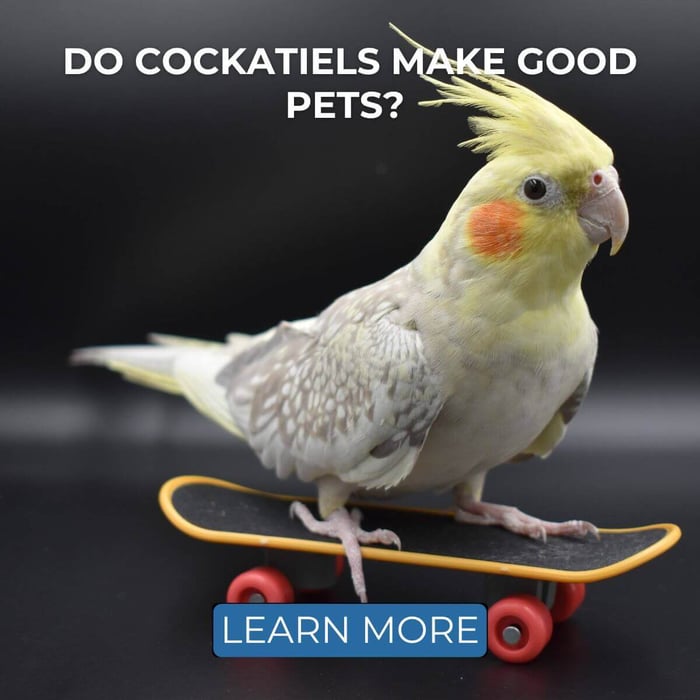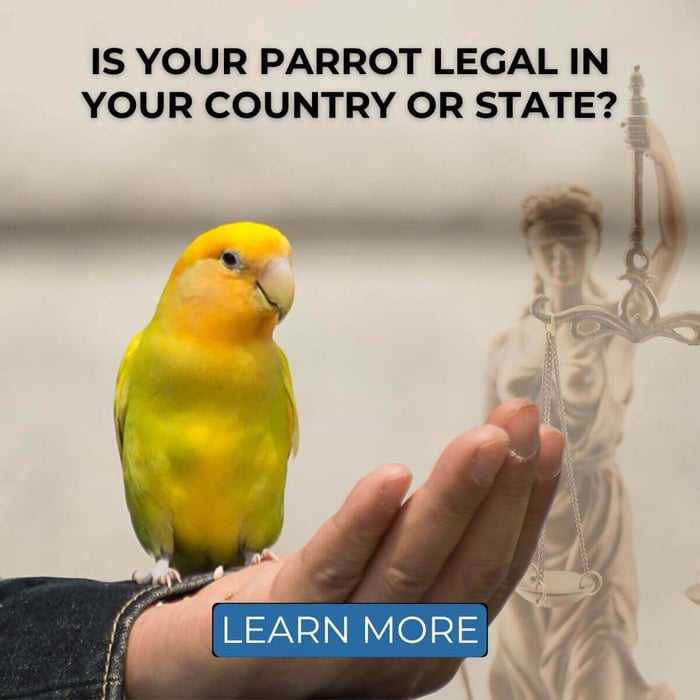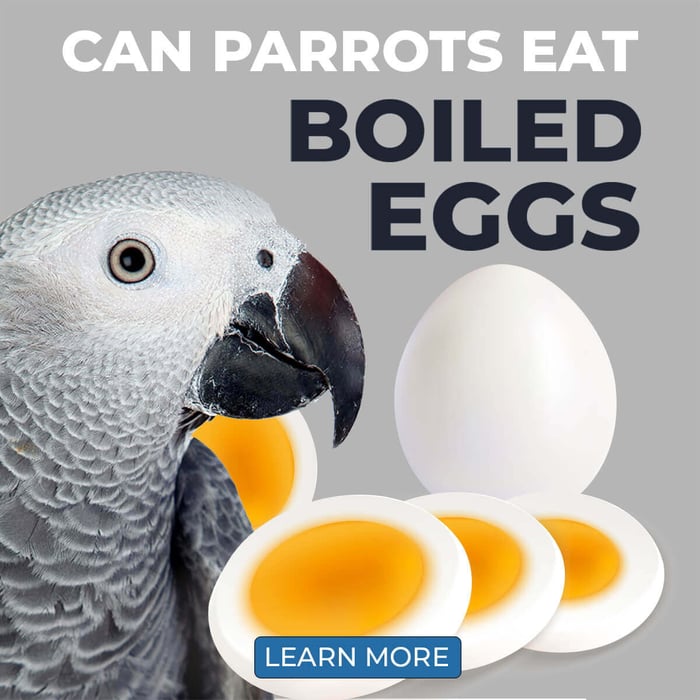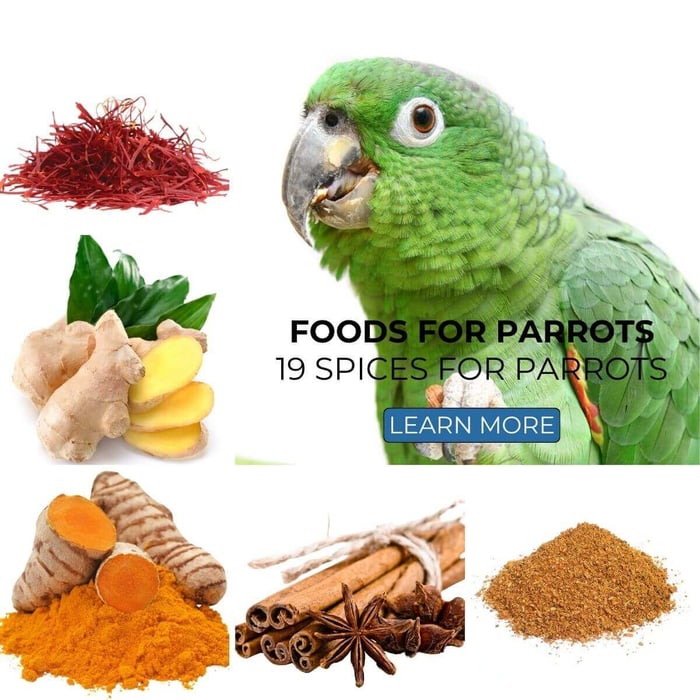Is Your Home a Safe Bird Environment?
Is Your Home a Safe Bird Environment?
Creating a safe bird environment is crucial for the health and well-being of our feathered companions. As Tim Oldfield, an experienced avian vet, points out, many birds fall ill due to exposure to household hazards that could easily be avoided. Understanding these dangers and taking proactive steps to mitigate them can significantly enhance the quality of life for your pet bird. In this article, we will explore common hazards in our homes, how to recognise them, and actionable steps to ensure your home is a safe bird environment.

Recognising Home Hazards
The reality is that our homes can be a minefield of potential dangers for birds. From toxic substances to hazardous objects, understanding what poses a risk is the first step towards creating a safe bird environment.
Tim Oldfield emphasises, "While it is a common perception that birds are very susceptible to infections and diseases, many of my patients have become unwell due to exposures and toxins in the family home." This highlights the importance of vigilance on the part of bird owners.
Common Household Dangers
Electrical Cords
Birds are naturally curious creatures, and they often investigate their surroundings with their beaks. Electrical cords can pose a severe threat; birds may chew on them, leading to electrical shocks or fire hazards. It's crucial to keep these cords out of reach or use cord protectors to minimise access.
Chemicals
Household chemicals, such as detergents, shampoos, fertilisers, and tobacco products, can be extremely toxic to birds. Even seemingly harmless items can pose risks, so it's essential to store all chemicals securely and use bird-safe alternatives whenever possible.
Heavy Metals
Items such as fishing sinkers, electrical wires, lead paint, and batteries can all contain heavy metals that are highly toxic to birds. Ensure that such items are stored safely away from your feathered friends, as ingestion or exposure can lead to severe health issues.
Toxic Plants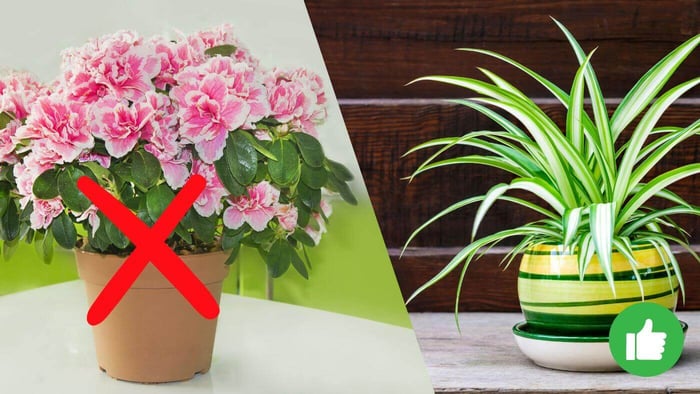
Many common household plants are toxic to birds, including azaleas, foxglove, and castor oil plants. It's essential to research and ensure that any plants you keep in your home are safe for birds.
Open Water
Birds can easily drown in open water sources such as sinks, fish bowls, swimming pools, or pots on the stove. Cover these areas or supervise your birds closely when they are out of their cage to prevent accidents.
Windows and Doors
Open windows can lead to birds escaping or crashing into the glass, potentially causing injury. Similarly, doors left ajar can lead to crushing incidents or unintended escapes. Ensure that windows are secured and that your bird is supervised when doors are open.
Fans
Ceiling and pedestal fans pose a unique threat to birds. Their curious nature can lead them to fly into fan blades, resulting in severe injury or death. Always ensure that fans are turned off when your bird is out of its cage.
Other Pets
If you have other pets, such as dogs or cats, it's vital to consider their behaviour around birds. Even well-meaning pets can accidentally harm a bird, so keep them separated when unsupervised.
Airborne Toxins
Birds have highly efficient respiratory systems, making them more susceptible to airborne toxins. Some common sources of these toxins include:
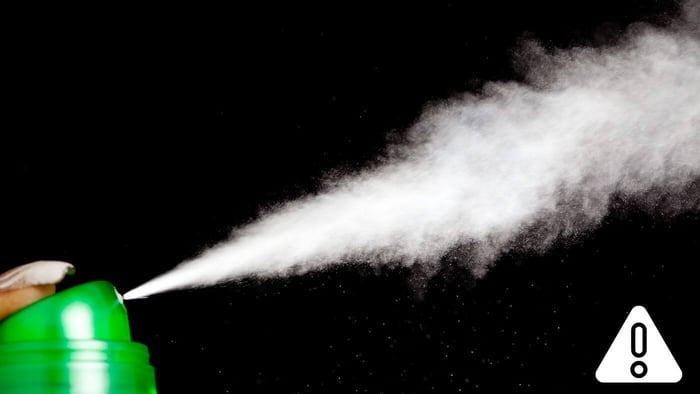
- Aerosols: Household sprays, including air fresheners and insecticides, can be harmful to birds. Opt for bird-safe alternatives or use them in a well-ventilated area away from your pet.
- Cleaning Products: Many cleaning products contain harmful chemicals that can affect birds' respiratory systems. Choose eco-friendly, bird-safe cleaning solutions.
- Cigarette Smoke: Exposure to cigarette smoke is detrimental to a bird's health and can lead to respiratory issues. Smoking should be avoided around birds.
- Motor Vehicle Exhaust Fumes: Ensure that your bird is not exposed to areas where car exhaust fumes can accumulate, as these can be toxic.
- Overheated Cooking Oils: Birds are sensitive to overheated cooking oils, which can release harmful fumes. Always cook in well-ventilated areas, and never leave your bird unattended in the kitchen.
Unintentional Harm
As bird owners, it's essential to be aware that sometimes we inadvertently put our pets at risk. Here are a few common examples of how this can happen:
- Chocolate: This sweet treat is highly toxic to birds. The higher the quality, the more toxic it becomes, so be vigilant about keeping chocolate out of reach.
- Poor Quality Seed: Feeding your bird low-quality or improperly stored seeds can lead to various health issues. Always choose high-quality food and store it in a cool, dry place.
- Medicinal Ointments and Creams: Never use your own ointments or creams on your bird. Many substances that are safe for humans can be toxic to birds.
- Temperature Extremes: Birds should never be exposed to direct sunlight for extended periods without shade. Overheating can be fatal, so provide plenty of fresh water and shade during hot days.
- Wing Clipping: Excessive wing clipping can lead to dangerous crashes, causing injuries to beaks, breastbones, and tails. Conversely, underclipping can give a false sense of security, leading to potential escapes. Consult with an avian vet for safe wing clipping practices.
Creating a Safe Bird Environment
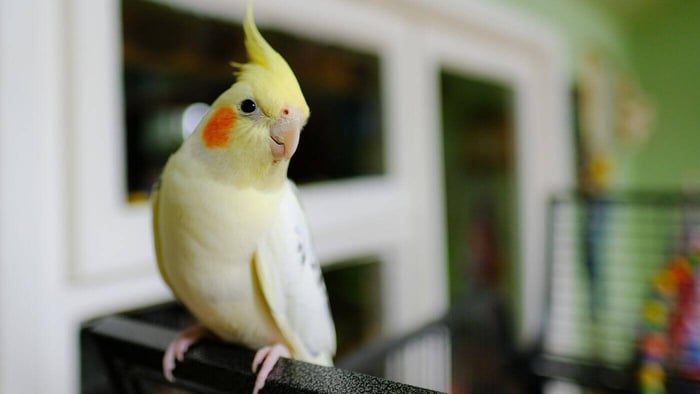
To ensure your home is a safe bird environment, consider implementing the following strategies:
- Hazard Assessment: Regularly inspect your home for potential hazards. Make a list of items that could pose a risk and address them accordingly.
- Safe Spaces: Designate specific areas in your home where your bird can safely explore. Use bird-safe furniture and decorations, and remove any potentially harmful items from these spaces.
- Supervised Playtime: Always supervise your bird during the out-of-cage time. This not only allows you to monitor for potential hazards but also strengthens your bond with your pet.
- Environmental Enrichment: Provide toys, perches, and activities that stimulate your bird mentally and physically. This helps keep them engaged and less likely to explore unsafe areas.
- Education and Awareness: Stay informed about avian health and safety. Regularly consult with your vet about best practices for creating a safe bird environment.
Conclusion
Dr. Oldfield shares a personal reflection on the lessons learned through experience, stating, "I am the first to admit that I have learned some of these lessons the hard way. My first pet parrot fell off my shoulder into dishwashing water, lost some tail feathers jammed in a door, flew over the backyard fence, got hit by a car, and vomited for 12 hours after helping strip wallpaper during a renovation. Fortunately, I was always there to save him at the last minute."
While it's important to recognise that not all illnesses and hazards can be easily prevented or treated, taking proactive measures to create a safe bird environment is essential. The old cliché rings true: prevention is better than cure. By educating yourself about potential dangers and implementing safety measures in your home, you can provide a healthy and secure environment for your beloved bird.
For more resources on parrot care, visit our Avian Articles section. Remember, a little vigilance goes a long way in ensuring your bird's safety and happiness.

